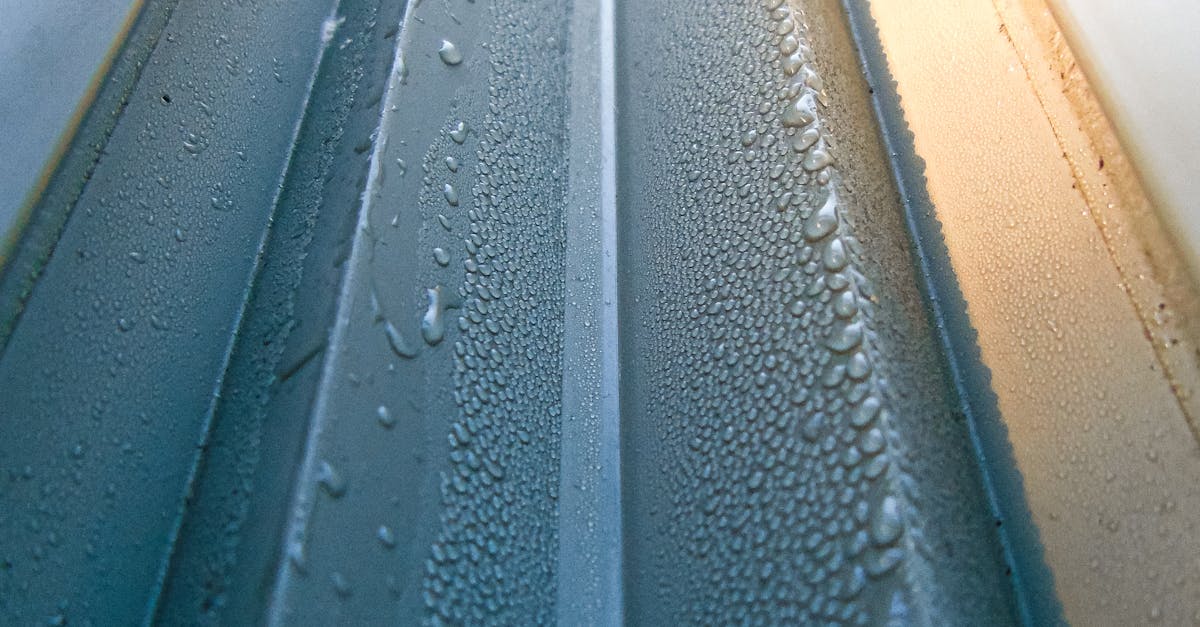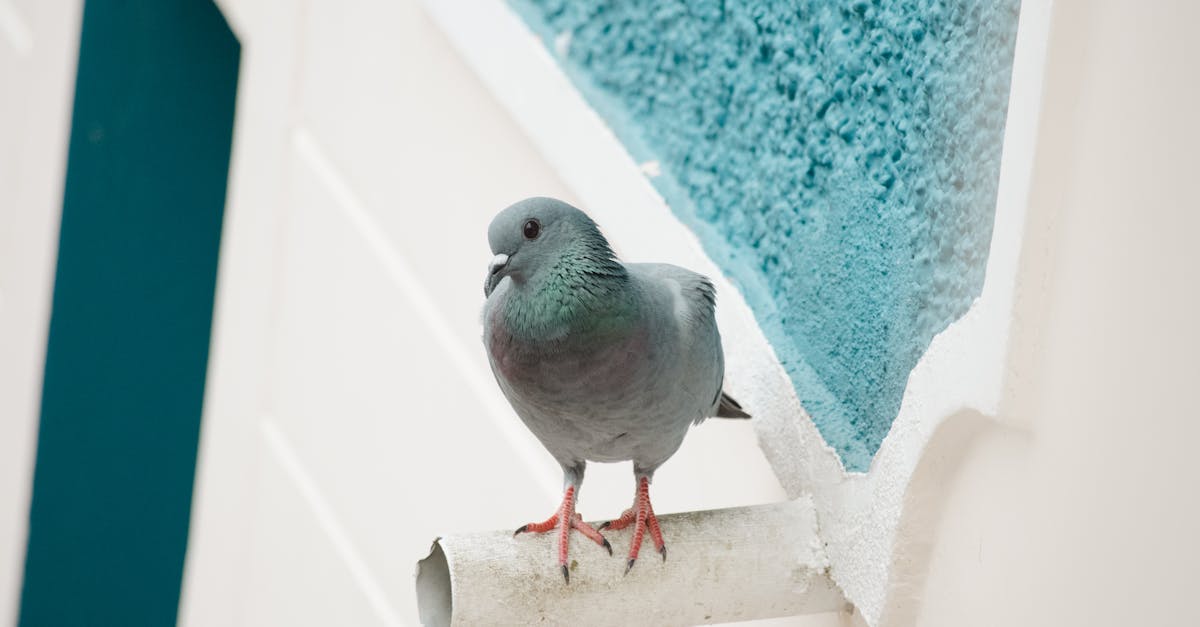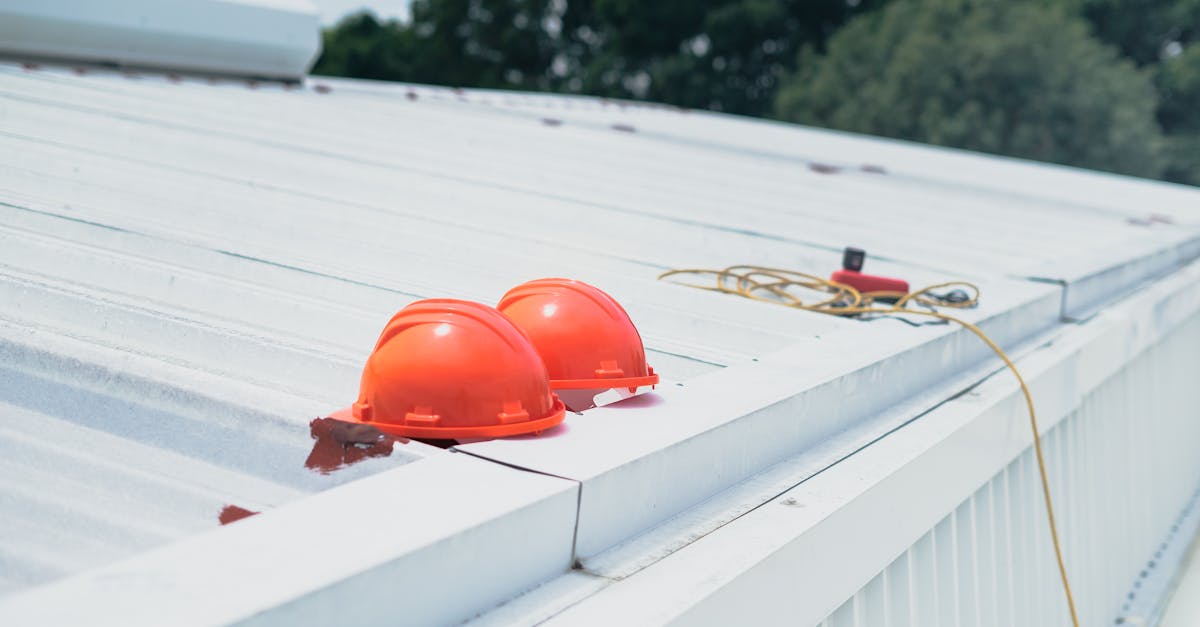
Attaching Downspouts and Elbows
Attaching downspouts and elbows is a crucial step in the Arizona Gutter Installation process. Once the gutters are securely fastened to the roofline, downspouts are connected to direct water away from the house's foundation. Elbows are installed at corners to ensure a seamless flow of water from the gutter system to the downspouts. Proper alignment and attachment of downspouts and elbows are essential to prevent water from pooling near the foundation, which can lead to moisture issues and potential structural damage.
When securing downspouts and elbows, it's important to use durable fasteners that can withstand varying weather conditions and the weight of the water flowing through the system. Ensuring a snug fit between the components will prevent leaks and water overflow during heavy rainfall. Properly attached downspouts and elbows contribute to the overall efficiency of the gutter system by facilitating the smooth drainage of water away from the property.
Connecting Components for Efficient Water Flow
Connecting components for efficient water flow is a crucial step in the Arizona Gutter Installation process. It ensures that rainwater is efficiently guided from the roof to the downspouts without any obstacles. Properly aligning the gutters, downspouts, and elbows is essential to create a seamless pathway for water to be directed away from the foundation of the house.
When connecting the components, make sure they fit tightly together to avoid any gaps or loose ends. This seamless connection will prevent leaks and ensure that water flows smoothly through the entire gutter system. Proper alignment and secure connections between the various parts of the gutter system are key to its effectiveness in protecting your home from water damage.
Testing the Gutter System
Once the gutters are correctly attached and all necessary components are in place, it is crucial to test the gutter system to ensure optimal functionality. The testing process is essential to identify any potential leaks or issues in the installation that might compromise the efficiency of the gutter system. At Arizona Gutter Installation, we recommend a thorough assessment of the gutter system before considering the installation complete.
To test the gutter system, running water through the gutters is the most effective method. By carefully pouring water into the gutters and observing the flow, homeowners can check for any leaks or blockages within the system. Additionally, checking that water is properly draining through the downspouts and away from the foundation of the house is vital for the longevity of the gutter system. Arizona Gutter Installation emphasizes the importance of this testing phase to ensure that the gutters are functioning correctly and efficiently.
Running Water to Check for Leaks and Proper Drainage
Running water through the gutter system is a crucial step in ensuring its functionality and effectiveness. After the gutters have been securely attached and the downspouts and elbows installed, it is essential to test the system by running water through it. To examine for potential leaks and ensure proper drainage, fill the gutters with water from a hose and observe how it flows through the downspouts and away from the foundation of the house. This step allows for any adjustments to be made before the installation is considered complete. At Arizona Gutter Installation, this thorough evaluation is part of our standard procedure to guarantee a well-installed gutter system that functions seamlessly.
Checking for leaks while running water through the gutters is essential to prevent potential water damage to the property. Observing how the water flows through the downspouts and drains away from the foundation gives insight into the system's performance. Any leaks or blockages can be detected during this process, allowing for immediate repairs or adjustments to be made. Arizona Gutter Installation emphasizes the importance of this step in ensuring that the gutter system operates efficiently and protects the home from water-related issues.
Adding Gutter Guards or Screens
Adding gutter guards or screens is a crucial step in the Arizona Gutter Installation process to prevent debris from clogging up the gutter system. These guards or screens act as barriers to leaves, twigs, and other debris, allowing water to flow smoothly through the gutters. By installing these protective components, homeowners can reduce the frequency of gutter cleaning and lower the risk of blockages that could lead to water damage.
Gutter guards or screens are available in various materials such as aluminum, plastic, or stainless steel, providing homeowners with options to suit their preferences and budget. It is important to choose a design that fits securely over the gutters without impeding water flow. Properly installed gutter guards or screens can enhance the overall efficiency and longevity of the gutter system, ensuring optimal performance during heavy rainfall and stormy weather conditions.
Enhancing Gutter Protection and Maintenance
Proper maintenance of gutter systems is essential to ensure they serve their purpose effectively. One way to enhance gutter protection is by installing gutter guards or screens. These components act as filters, preventing debris such as leaves, twigs, and other particles from clogging the gutters. By keeping the gutters from getting clogged, gutter guards help maintain efficient water flow and reduce the risk of water damage to the property.
Scottsdale, Arizona Gutter Installation professionals recommend adding gutter guards as a proactive measure to safeguard your home. Regular inspections and cleaning of the guards are necessary to ensure they are functioning correctly. In addition to enhancing gutter protection, routine maintenance also extends the lifespan of the gutter system. By investing in preventative measures and regular upkeep, homeowners can avoid potential issues and costly repairs in the long run.
FAQS
What tools are needed to install gutters?
Common tools required to install gutters include a ladder, drill, screws, gutter sections, downspouts, elbows, brackets, and a level.
How do you attach downspouts and elbows during gutter installation?
Downspouts and elbows are attached to the gutter system using screws or brackets, ensuring a secure connection for efficient water drainage.
Why is it important to test the gutter system after installation?
Testing the gutter system helps ensure that all components are properly installed and that water flows smoothly through the gutters without any leaks or blockages.
How can you check for leaks and proper drainage in the gutter system?
Running water through the gutters using a hose can help identify any leaks or areas where water is not draining properly, allowing for necessary adjustments to be made.
What is the purpose of adding gutter guards or screens to the gutter system?
Gutter guards or screens help prevent debris such as leaves and twigs from clogging the gutters, reducing the need for frequent cleaning and maintenance while improving overall gutter performance.




